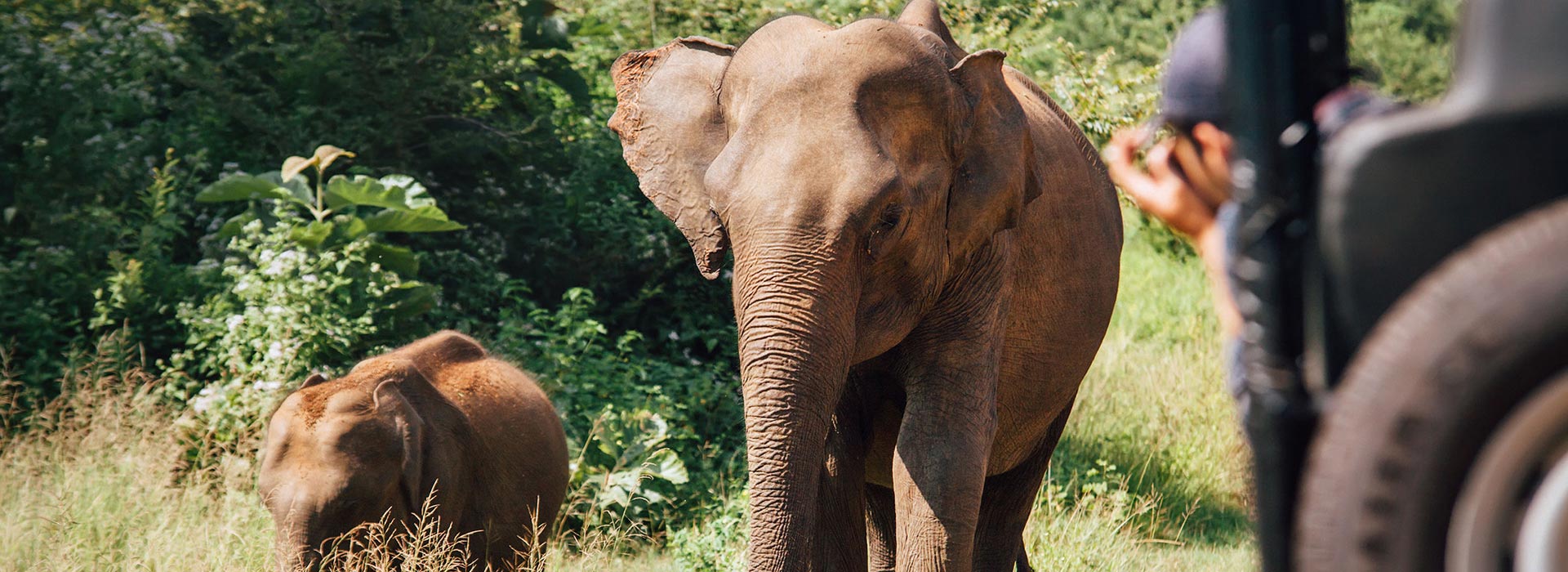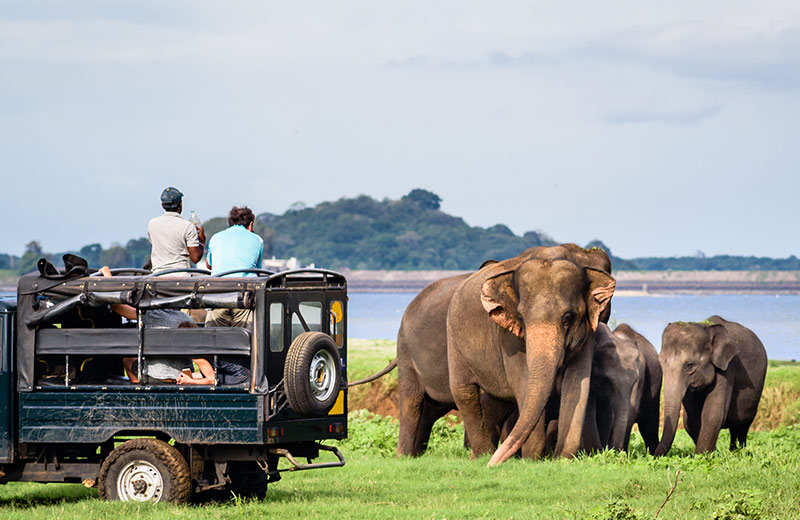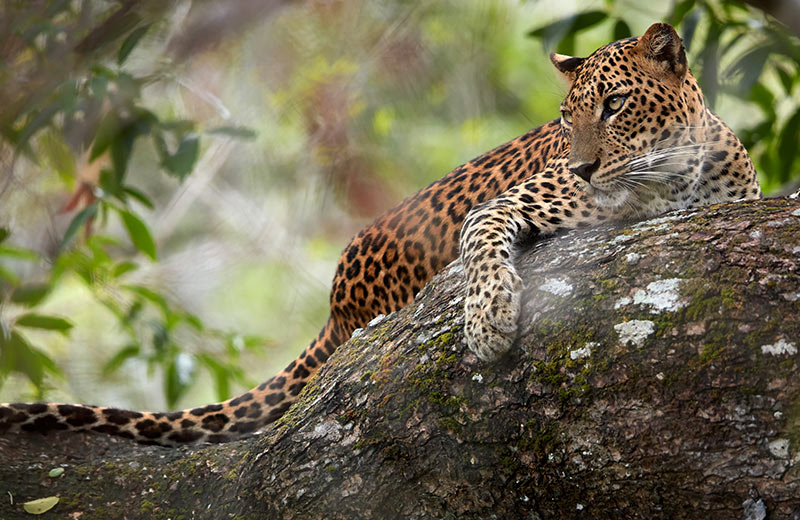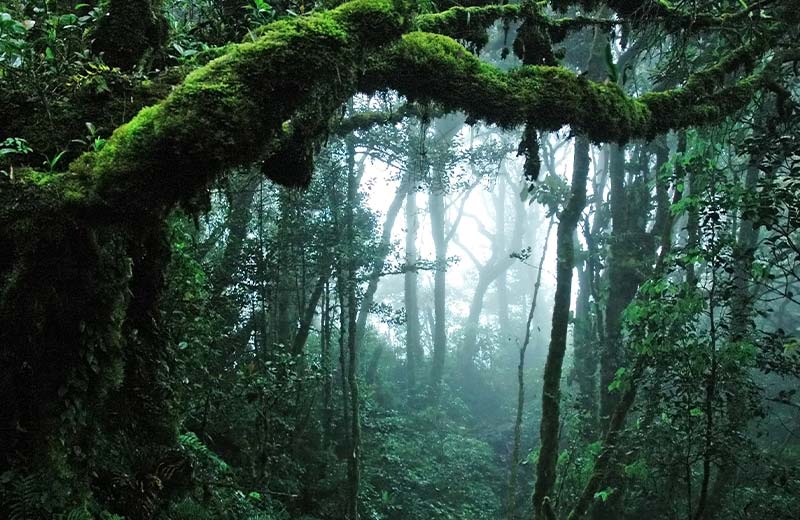All About Yala National Park
Located in the south eastern corner of Sri Lanka, Yala National Park is one of the best known wildlife parks. Home to one of the world’s largest population of leopards, it is the second largest national park on the island, behind Wilpattu National Park. It is roughly a 5 hour drive from Colombo, by vehicle, so get ready for an early morning start if you haven’t made camp anywhere nearby!

The Gateway to Yala
The first stop on your journey to the park will likely be at Tissamaharama, a town in the Hambantota district that acts as a gateway to Yala. Here is where a majority of safari drivers pick up eager safari enthusiasts – try to book your trip in advance so that you can avoid having to bargain with safari guides at the last-minute.
From Tissamaharama, your journey continues a further 20 kilometres (approximately 30 mins away) to Palatupana, where a visitor centre is available to provide information for tourists and assign trackers to the safari vehicles. The costs of the safari are easier to manage between several people, so try and travel with friends. From here, you hop into your safari jeep and head off!
About Yala National Park
Yala National Park contains five blocks, with the two south-eastern coastal blocks being the most frequently visited by the public. The park is also connected to adjoining wildlife sanctuaries and national parks, the largest of which is the Lunugamvehera National Park. Overall, Yala covers an area of 979 square kilometres that hosts a variety of different ecosystems, ranging from jungles to freshwater wetlands, that makes it an ideal home for several species of wildlife.
The Wildlife in Yala
Yala is home to more than 200 species of birds and 40 species of mammals, but it is probably most well-known for its leopard population. There are more leopards per unit of land in Yala than almost anywhere else in the world, and the park is considered to have far more leopards sightings than any other national park on the island. It is best to visit between January and July to increase your chances of spotting these magnificent creatures.
Elephants can also be spotted at Yala, but the possibility of sighting them varies throughout the season. This is because Lunugamvehera National Park acts as a natural corridor between Yala and Udawalawe National Park, which the elephants use to move between habitats. Your best chance of spotting them is during the dry season, between May and August.
Yala is also home to crocodiles, peacocks, monkeys, sloth bears, water buffalo, wild boar, deer and golden jackals. Around 130 different species of birds have also been recorded in the park, including pelicans, storks, herons and flamingos.
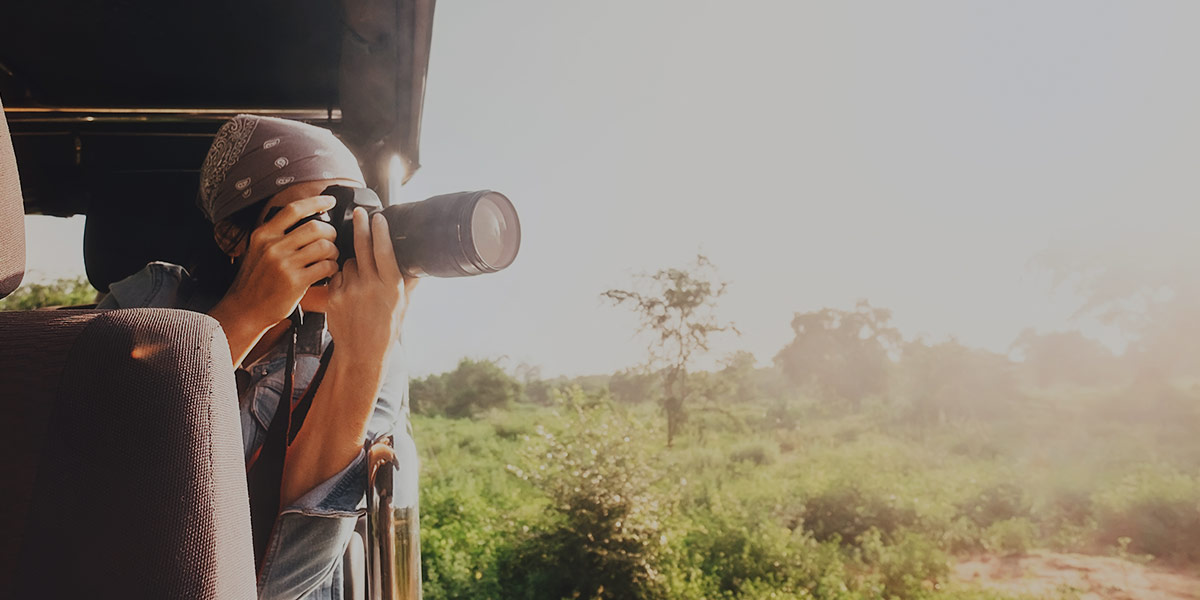
Tips and Tricks
Planning your wildlife safari in Sri Lanka can be challenging – especially if you don’t know where to start. Follow our guide and these useful tips and tricks for a great experience!
- The best time to visit the park is at 6AM, as soon as it opens, or after 4PM, when the animals emerge out of their shadowed hideaways from the sun.
- The average temperature at the park hovers around 27 degrees Celsius, although it can reach heights of 37 degrees during the dry season. Make sure that you bring a bottle of water along.
- If you haven’t arranged for any meals during an afternoon safari, try and bring your own packed lunches. However, remember that anything you bring with you must be taken back. Do not litter the park, especially with plastic bottles and wrappers, or leave behind anything that could negatively affect the park’s ecosystem.
- Do not leave the safety of your vehicle during the safari, unless specifically informed that it is safe to do so by your guide.
If you loved exploring Yala, here are a few other nature reserves in Sri Lanka to add to your list too.
